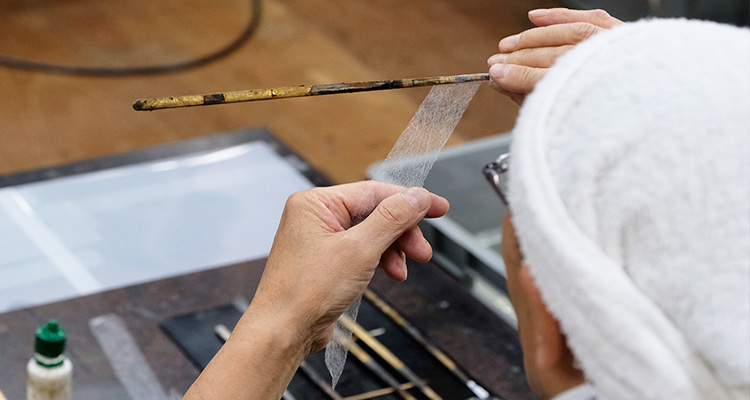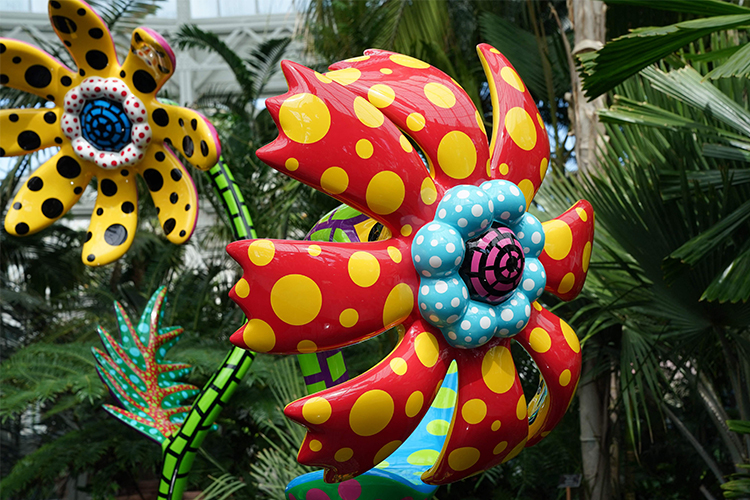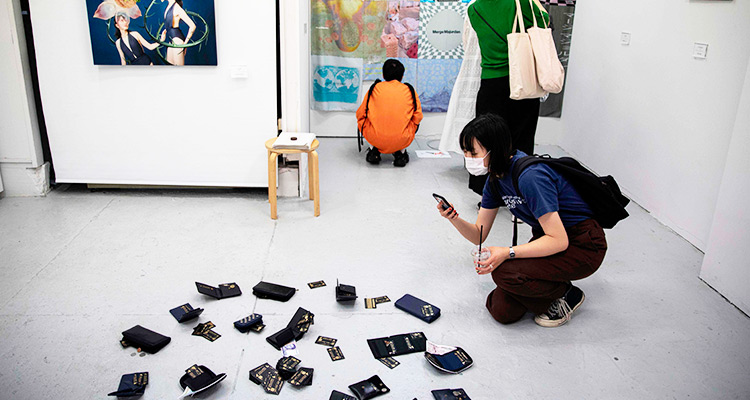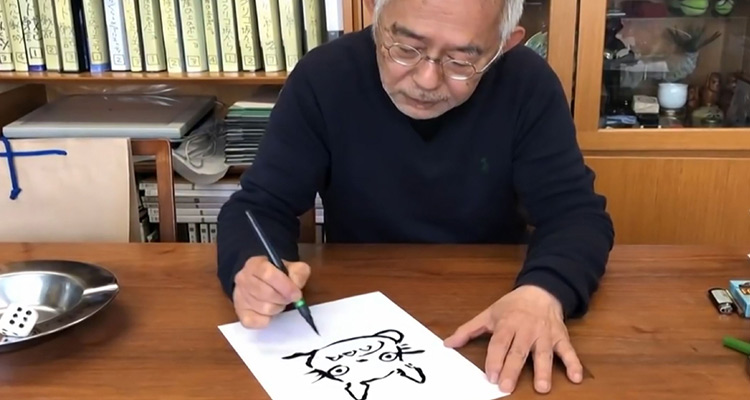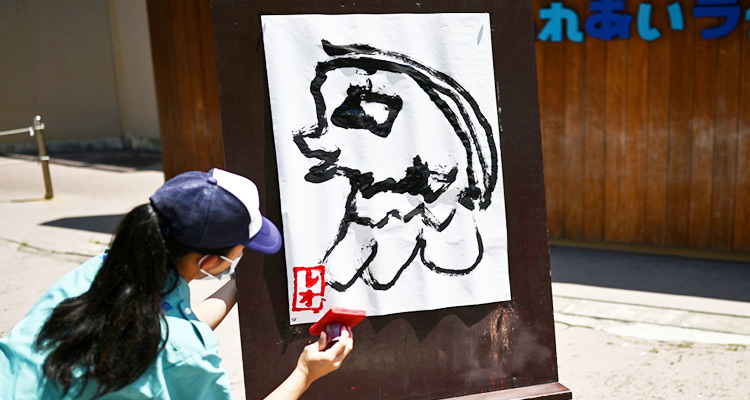Skin deep: Japan's 'washi' paper torn by modern life
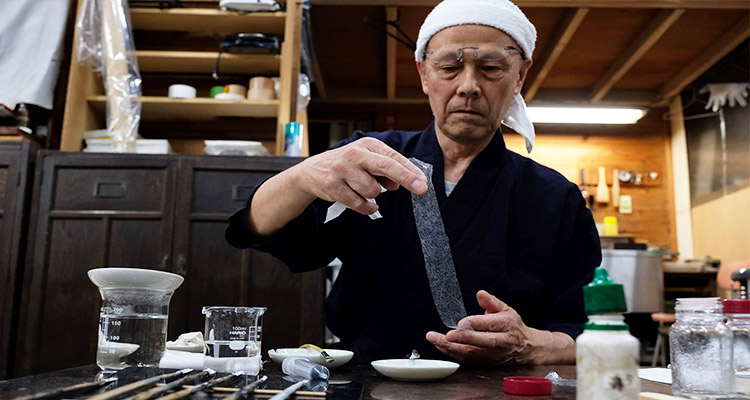
Takao Makino, head of Kibi conservation studio, displaying a piece the world's thinnest "washi" paper.
Once an indispensable part of daily life in Japan, ultra-thin washi paper was used for everything from writing and painting to lampshades, umbrellas, and sliding doors, but demand has plunged as lifestyles have become more westernised.
Despite its 1,300-year history and UNESCO Intangible Cultural Heritage status, washi paper is struggling to attract consumers and the market value has dropped by more than 50 percent in the past two decades.
But at a small workshop in western Japan, Hiroyoshi Chinzei, a fourth-generation traditional paper maker, creates washi with a unique purpose that may help revive interest -- both at home and abroad.
Chinzei's product, the world's thinnest paper, has helped save historical documents at major museums and libraries -- including the Louvre in Paris, the British Museum and Washington's Library of Congress -- from decay.
"Washi paper is more flexible and durable than what Japanese refer to as western paper, which disintegrates into tiny pieces when it becomes very old, the 50-year-old told AFP.
The traditional hand-made paper is manufactured from plants called kozo, or mulberry, which has fibres that are much longer than materials used for paper in the west such as wood and cotton.
'Wings of a mayfly'
Chinzei's washi, a type called tengu-joshi paper also known as "the wings of a mayfly," is 0.02 millimetres thick and weighs 1.6 grammes per square metre.
This compared to a standard sheet of photocopy paper, which is about 0.09 millimetres thick and weighs 70 grammes per square metre.
"It's a mesh-like paper mainly made with fibres... It's as thin as human skin," Chinzei said.
Using both machines and hand-made techniques passed down for generations, the firm can create ultra-thin paper, which is also used by conservationists to restore and protect cultural objects.
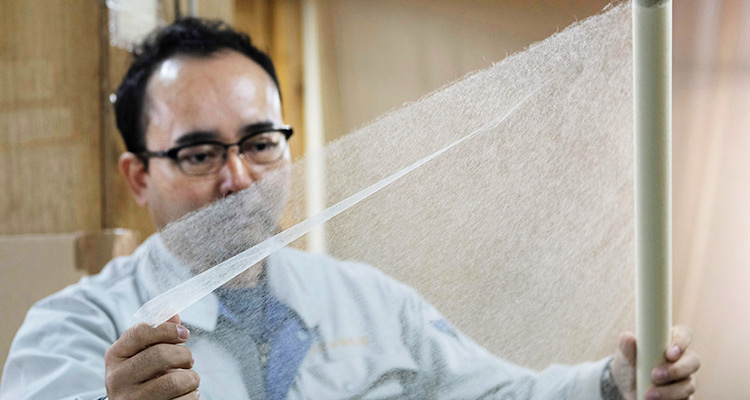
Hidaka Washi president Hiroyoshi Chinzei, a fourth-generation traditional paper maker, displays the world's thinnest paper.
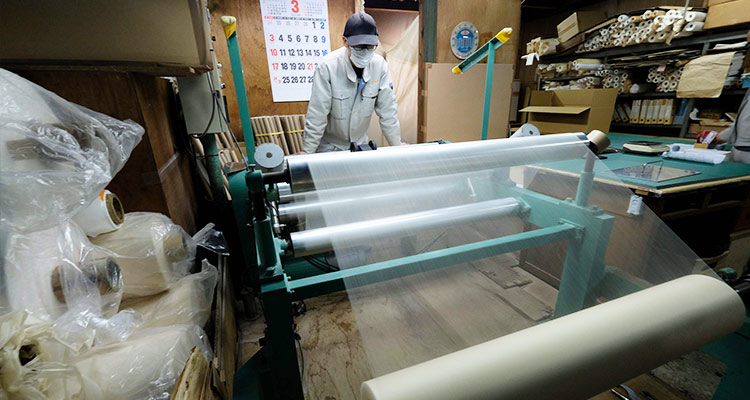
Washi literally "Japanese paper" was used not only for writing and painting but also for sliding doors.
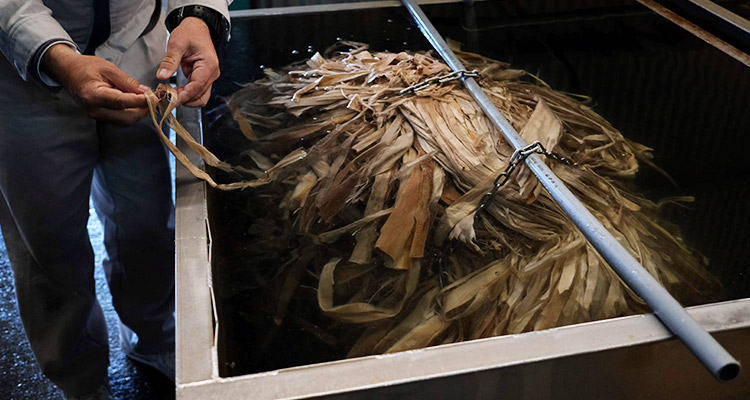
The plant called kozo, or mulberry, used for Japanese traditional "washi" paper manufacturing is seen.
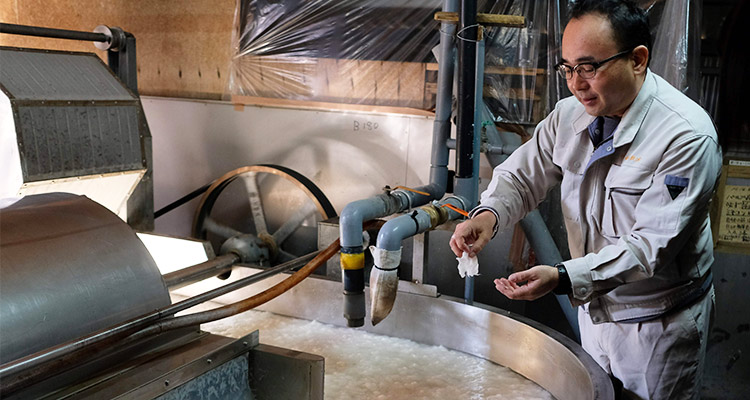
Hiroyoshi Chinzei, president of Hidaka Washi checks the "washi" paper manufacturing process.
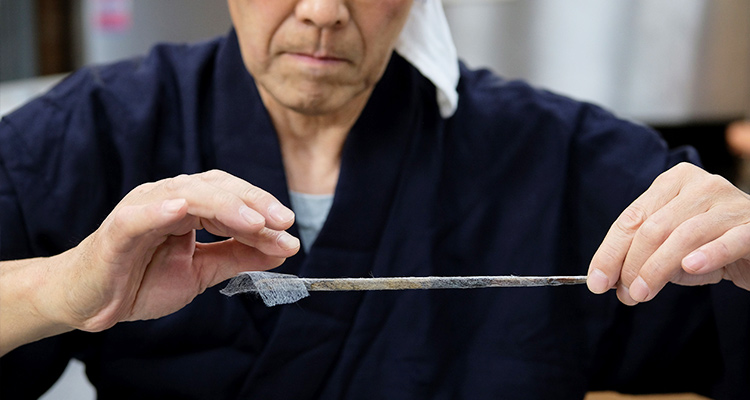
Takao Makino, head of the Kibi conservation studio, carefully applying "washi" onto a brush onto golden sticks.
'Pure, strong and lasting'
One such conservationist, Takao Makino, carefully applies washi with a brush onto golden sticks representing the halo of a Buddhist statue estimated to be around 800 years old.
Makino said he used washi for the first time in 2007 to protect the surface of one of the two main statues at Tokyo's historic Sensoji Temple.
"The surface was damaged and peeled off. So we covered all of it (with washi) to contain the damage," the 68-year-old said.
"Washi naturally fits into intricately-shaped sculptures, but papers with chemical fibres or wrapping films don't," he said.
"The history proves washi is very durable... The material is pure, strong and lasting. It's reliable."
The production of the Japanese paper peaked in the Edo period between the 17th and late 19th centuries but declined as papermaking was mechanised.
Now, due to the westernisation of Japan, the washi market is shrinking again, Chinzei said.
"We have no tatami rooms and almost no space to display a hanging scroll in the current lifestyle," he said.
"Washi used for those things are now gone."
Chinzei didn't plan on taking over his family trade and went to business school in Seattle to study finance.
"But I came back... because I felt responsible for passing the baton to the next generation," he said, hoping to find ways to expand the market.
The volume of washi used for restoration is still small, but it's been shipped to more than 40 countries and Chinzei is hopeful interest will grow.
He explained: "For restoring cultural assets and as a canvas for art... I think washi has the potential to be used more in the world of art."
Agence France-Presse
